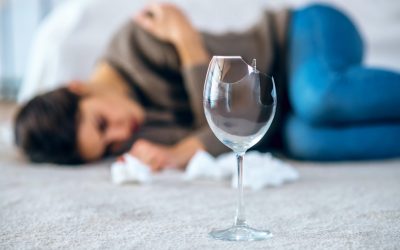The neurologic or nervous system consists of the brain, spinal cord, and the nerve fibers that attach to the brain and spinal cord. The hematological system consists of blood and bone marrow, which produces the cellular elements of blood. The pulmonary or respiratory system includes the lungs, diaphragm, and trachea. The system allows air to reach the lungs, helps oxygen circulate through the blood, and removes waste gases.
- The system allows air to reach the lungs, helps oxygen circulate through the blood, and removes waste gases.
- If necessary, your doctor can pierce your nail to drain the blood and fluid built up underneath.
- Alcohol impairs your cerebellum, the part of your brain that’s responsible for coordinating your movements, Swartzwelder says.
- For the average healthy guy (say, drinking one or two drinks per night, or fewer than 14 drinks per week) the alcohol-related effects on bruising are temporary, and no real cause for concern.
- According to the National Library of Medicine, a bruise is a mark under the skin, usually painful and swollen, that occurs because of blood trapped beneath the skin’s surface.
It can be caused by wearing old or worn-out shoes while you train, running or walking on hard surfaces like concrete, or training for too long. As you age, your skin gets thinner and you lose some of the layer of fat that cushions your blood vessels and protects you from injury. Both of these things mean you may get more bruises, even from a minor bump.
Alcoholic Hepatitis vs. Viral Hepatitis
There are three stages—alcoholic fatty liver disease, alcoholic hepatitis, and alcoholic cirrhosis. Liver cirrhosis is linked to bleeding complications and can even lead to the formation of a large type of bruise called a hematoma. If you experience easy bruising with alcohol consumption and there is no apparent cause of the bruising, it’s important to seek medical attention, because you may be experiencing liver disease.
Get Help for Alcoholism Today
In cirrhosis, at right, scar tissue replaces healthy liver tissue. It’s tough to judge the seriousness of a bruise using the color. How a bruise looks depends on a lot of things, including your natural skin tone, how bad the injury that caused it was, and how long you’ve had it. You will likely see some discolored skin until the bruise completely heals.
Autonomic Neuropathy
If you notice that you or someone you know is bruise easily, it may be a sign of alcoholism. In addition, a support group can help you cope with the life changes you’re experiencing as a result of your condition. You might look for a support group specifically for alcoholic neuropathy or for people coping with chronic pain. You may also benefit from a support group to help you reduce your drinking or completely quit drinking alcohol. Although 90% of people who drink heavily develop fatty liver disease, only 20% to 40% will go on to develop alcoholic hepatitis.
Does alcoholic neuropathy go away?
You can help speed your recovery if you use a cushion or gel doughnut when you sit down because this takes the pressure off your tailbone. Going to the bathroom can be painful, so make sure you eat plenty of fiber and drink plenty of fluids to avoid a bout of constipation. Ecchymosis (pronounced eh-kuh-mow-sis) is the medical term for a bruise. An ecchymosis is bigger around than 1 centimeter, which is about as big around as a triple-A battery.
When that happens, the person convulses uncontrollably and may harm themselves or others in the process, potentially leading to bruises. After your injury, put an ice pack on it every once in a while for the first hours. Wrap the ice pack before you put it on so you don’t freeze your skin, and don’t leave it on for more than 15 minutes at a time. But if the cells that regrow your nail (called How does alcohol affect blood pressure the nail matrix) are damaged, it may grow in incorrectly or you may not regrow your nail at all. If necessary, your doctor can pierce your nail to drain the blood and fluid built up underneath.
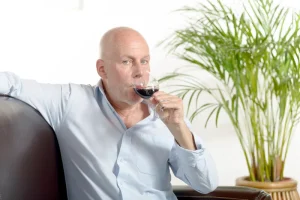
A smaller placebo controlled study has also found evidence for better responses to NTX among Asp40 carriers 94. One study found that the Asp40 allele predicted cue-elicited craving among individuals low in baseline craving but not those high in initial craving, suggesting that tonic craving could interact with genotype to predict phasic responses to drug cues 97. The current review highlights a notable gap in research empirically evaluating the effectiveness of nonabstinence approaches for DUD treatment. While multiple harm reduction-focused treatments for AUD have strong empirical support, there is very little research testing models of nonabstinence treatment for drug use. Despite compatibility with harm reduction in established SUD treatment models such as MI Halfway house and RP, there is a dearth of evidence testing these as standalone treatments for helping patients achieve nonabstinence goals; this is especially true regarding DUD (vs. AUD). In sum, the current body of literature reflects multiple well-studied nonabstinence approaches for treating AUD and exceedingly little research testing nonabstinence treatments for drug use problems, representing a notable gap in the literature.
Ark Behavioral Health
These two reviews highlighted the increasing difficulty of classifying interventions as specifically constituting RP, given that many treatments for substance use disorders (e.g., cognitive behavioral treatment (CBT)) are based on the cognitive behavioral model of relapse developed for RP 16. One of the key distinctions between CBT and RP in the field is that the term «CBT» is more often used to describe stand-alone primary treatments that are based on the cognitive-behavioral model, whereas RP is more often used to describe aftercare treatment. Given that CBT is often used as a stand-alone treatment it may include additional components that are not always provided in RP.
Abstinence Violation Effect (AVE)
Instead of continuing with recovery, AVE refers to relapsing heavily after a single violation. Additionally, individuals may engage in cognitive distortions or negative self-talk, such as believing that the relapse is evidence of personal weakness. A mindset shift caused by triggers or stress may lead you to take that drink or start using drugs again. A relapse can be caused by a cascading effect that includes several issues that occur before you begin using again, according to Marlatt. When someone abuses a substance for a long time, they will have a higher tolerance for its effects.
- During a smoking cessation attempt, participants reported on SE, negative affect and urges at random intervals.
- For instance, genetic factors could influence relapse in part via drug-specific cognitive processes.
- Although many developments over the last decade encourage confidence in the RP model, additional research is needed to test its predictions, limitations and applicability.
- Furthermore, the strength of proximal influences on relapse may vary based on distal risk factors, with these relationships becoming increasingly nonlinear as distal risk increases 31.
- Alternatively, researchers who conduct trials in community-based treatment centers will need to obtain buy-in to test nonabstinence approaches, which may necessitate waiving facility policies regarding drug use during treatment – a significant hurdle.
- A mindset shift caused by triggers or stress may lead you to take that drink or start using drugs again.
Common Features Of The Abstinence Violation Effect
- Those in addiction treatment or contemplating treatment can benefit from this aspect of relapse prevention.
- Current theory and research indicate that physiological components of drug withdrawal may be motivationally inert, with the core motivational constituent of withdrawal being negative affect 25,66.
- It occurs when individuals who have set strict rules for themselves regarding certain behaviors or habits (e.g., alcohol consumption, smoking, or eating certain foods) engage in the prohibited behavior, leading to feelings of guilt, shame, and loss of control.
- Despite the growth of the harm reduction movement globally, research and implementation of nonabstinence treatment in the U.S. has lagged.
In one study of treatment-seeking methamphetamine users 132, researchers examined fMRI activation during a decision-making task and obtained information on relapse over one year later. Based on activation patterns in several cortical regions they were able to correctly identify 17 of 18 participants who relapsed and 20 of 22 who did not. Functional imaging is increasingly being incorporated in treatment outcome studies (e.g., 133) and there are increasing efforts to use imaging approaches to predict relapse 134.
Historical context of nonabstinence approaches
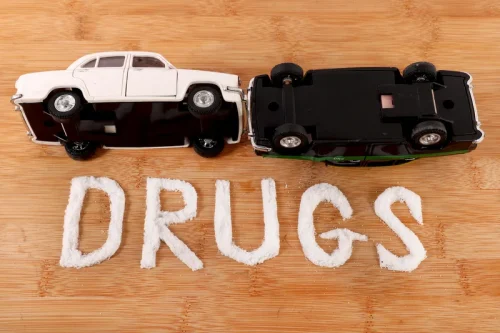
It is also important that policy makers and funding entities support initiatives to evaluate RP and other established interventions in the context of continuing care models. In general, more research on the acquisition and long-term retention of specific RP skills is necessary to better understand which RP skills will be most useful in long-term and aftercare treatments for addictions. In the first study to examine relapse in relation to phasic changes in SE 46, researchers reported results that appear consistent with the dynamic model of relapse. During a smoking cessation attempt, participants reported on SE, negative affect and urges at random intervals.
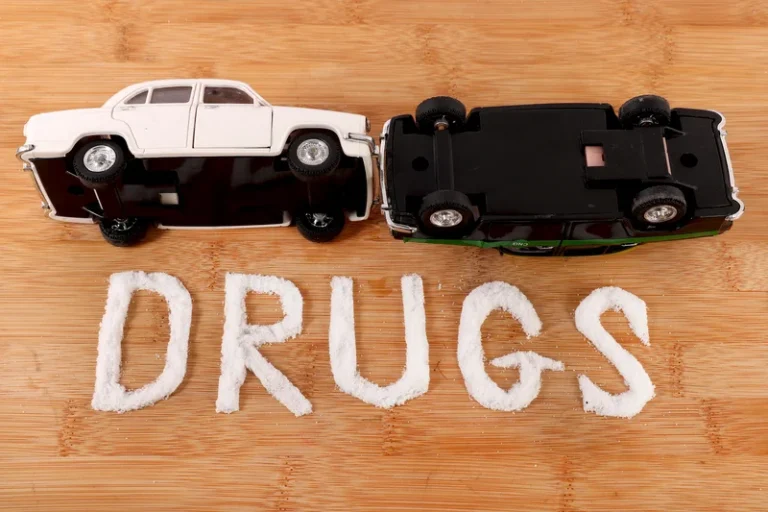
Empirical findings relevant to the RP model
Establishing lapse management plans can aid the client in self-correcting soon after a slip, and cognitive restructuring can help clients to re-frame the meaning of the event and minimize the AVE 24. A final emphasis in the RP approach is the global intervention of lifestyle balancing, designed to target more pervasive factors that can function as relapse antecedents. For example, clients can be encouraged to increase their engagement in rewarding or stress-reducing activities into their daily routine. Overall, the RP model is characterized by a highly ideographic treatment approach, a contrast to the «one size fits all» approach typical of certain traditional treatments.

Genetic influences on treatment response and relapse
For example, at a large outpatient SUD treatment center in Amsterdam, goal-aligned treatment for drug and alcohol use involves a version of harm reduction psychotherapy that integrates MI and CBT approaches, and focuses on motivational enhancement, self-control training, and relapse prevention (Schippers & Nelissen, 2006). Participants with controlled use goals in this center are typically able to achieve less problematic (38%) or non-problematic (32%) use, while a minority achieve abstinence with (8%) or without (6%) incidental relapse (outcomes were not separately assessed for those with AUD vs. DUD; Schippers & Nelissen, 2006). This paper presents a narrative review of the literature and a call for increased research attention on the development of empirically supported nonabstinence treatments for SUD to engage and treat more people with SUD. We define nonabstinence treatments as those without an explicit goal of abstinence from psychoactive substance use, including treatment aimed at achieving moderation, reductions in use, and/or reductions in substance-related harms. We first provide an overview of the development of abstinence and nonabstinence approaches within the historical context of SUD treatment in the U.S., followed by an evaluation of literature underlying the theoretical and empirical rationale for nonabstinence treatment approaches. Lastly, we review existing models of nonabstinence psychosocial treatment for SUD among adults, with a special focus on interventions for drug use, to identify gaps in the literature and directions for future research.
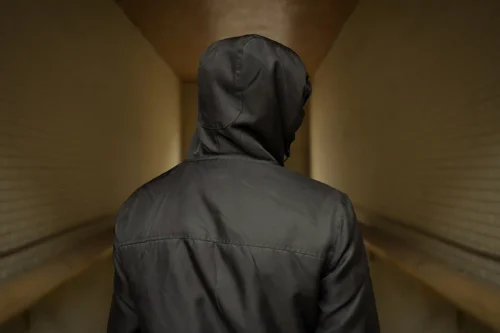
Relapse prevention, recovery management, recovery transcendence
Studies which have interviewed participants and staff of SUD treatment centers have cited ambivalence about abstinence as among the top reasons for premature treatment termination (Ball, Carroll, Canning-Ball, & Rounsaville, 2006; Palmer, Murphy, Piselli, & Ball, 2009; Wagner, Acier, & Dietlin, 2018). One study found that among those who did not complete an abstinence-based (12-Step) SUD treatment program, ongoing/relapse to substance use was the most frequently-endorsed reason for leaving treatment early (Laudet, Stanick, & Sands, 2009). A abstinence violation effect recent qualitative study found that concern about missing substances was significantly correlated with not completing treatment (Zemore, Ware, Gilbert, & Pinedo, 2021). Unfortunately, few quantitative, survey-based studies have included substance use during treatment as a potential reason for treatment noncompletion, representing a significant gap in this body of literature (for a review, see Brorson, Ajo Arnevik, Rand-Hendriksen, & Duckert, 2013).
Content
This forces you to drink more alcohol each night to experience the sedative effects. how to fall asleep without alcohol If you go for three weeks without alcohol, you’ll be saving money!
- When I’m not writing about sobriety and mental health, I’m fully living in my role as wife, mama, and SEO badass.
- This supplement absolutely works to bring on sleep more quickly and to provide a deeper night’s rest.
- This supplement contains precursors to pain-relieving endorphins and energy-giving adrenaline.
- First, let’s look at the effects of alcohol on the body and how it connects to your sleep.
- Drinking too much is likely to have the opposite effect and leave you feeling groggy and possibly hungover the next day.
- Let friends, family members, and co-workers know that you’re trying to stop or cut back on drinking.
We know this to be true on the basis of the answer to the next question. Even though alcohol may help you fall asleep, it interferes with the quality of your sleep. If you’re finding it hard to stop drinking, I would advise that you ask for help. So often people rely on their strong will, but sometimes this just isn’t enough and you need a little extra support. In fact, a recent study by the University of Sussex found that 71 percent of participants reported they slept much better when they abstained from drink for a month. Interestingly, 67 percent reported more energy, 70 percent had generally improved health and 57 percent enjoyed better concentration levels too. Our sleep structure has biologically evolved over the years – and changes aren’t good for our physical and emotional health.
The Importance of Quality Sleep During Detox
Polysomnographic analyses found that some sleep abnormalities can persist for 1 to 3 years after cessation of alcohol consumption . Two other indicators of sleep fragmentation (i.e., brief arousals and REM sleep disruptions) also persisted throughout 21 months of abstinence . Although sleep latency appeared to normalize by 5 to 9 months of abstinence, total sleep time took 1 to 2 years to return to normal levels (Adamson and Burdick 1973; Drummond et al. 1998). In addition to psychiatric comorbidity, such as depression, researchers have identified other variables that can influence sleep measures in recently abstinent alcoholic patients. If you quit drinking and can’t sleep without alcohol I feel your pain.
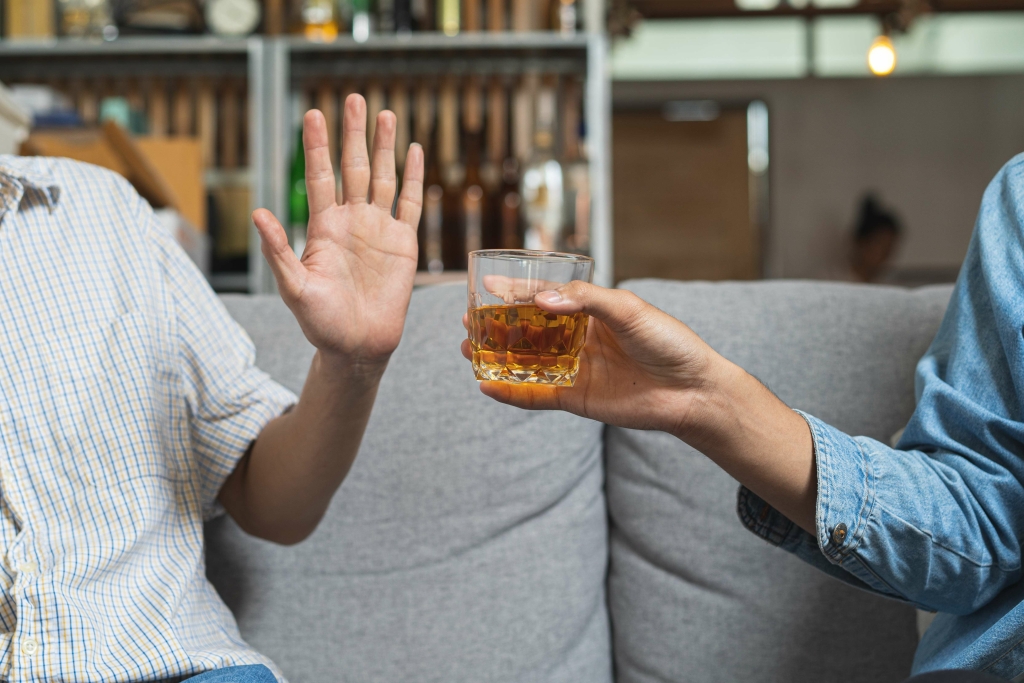
Content is reviewed before publication and upon substantial updates. «These contaminants give your body more to process while it is already under stress, https://ecosoberhouse.com/ so darker alcohols may worsen the aftereffects of drinking ,» he says. Stick with lighter, clearer liquors if you’re having trouble come morning.
Related to Substance Abuse and Addiction
Unfortunately, only one study (Tan et al. 1985) calculated the proportion of control subjects with an apnea index greater than 5. However, the number of those control subjects (i.e., 12 persons, out of whom none had an apnea index greater than 5) was too small to provide an adequate comparison across the three studies. We will now proceed to discuss why it’s so difficult to sleep during alcohol withdrawal, followed by my Top 10 Remedies to resolve insomnia after quitting drinking.
Why do some people get mean when they drink?
Mean Drunk Psychology
Results from the study showed a decrease in brain activity in the prefrontal cortices — areas of the brain related to inhibition and working memory — of intoxicated players when making an aggressive response.
The result is a lot of trips to the bathroom and a sleepless night. The key is to drink in moderation and give yourself time before going to bed so the alcohol can clear your system. Alcohol has a dehydrating effect on your body, which is why you have a hangover when you drink too much. Because the human body consists of up to 60 percent water, and water is a vital ingredient to keep all of your body’s processes running smoothly, not having enough can cause serious problems. Headaches, nausea, body aches and feeling light-headed are all signs of dehydration, and fatigue is as well. If you sleep better when you don’t drink, you might consider stopping alcohol use entirely. However, if you continue to have sleeping difficulties, reach out to a sleep specialist.
Alcohol Use Disorder
Insomnia occurs when a person has sleep difficulties such as falling or staying asleep. The problem is that we’ve built systems of alcohol treatment that are predicated on the individual not being responsible for their own actions. Somehow their addiction has been twisted into a belief that alcoholism is a spiritual shortcoming. When someone occasionally drinks alcohol in moderation, the experience is generally relaxing and enjoyable. The changes that happen in the brains of those people are temporary. But lowering your calorie intake from imbibing less alcohol isn’t the only reason you’ll lose weight. Research shows that as few as two standard alcoholic drinks can slow down your body’s fat-burning process and can lead to your body making new fat in the liver .
